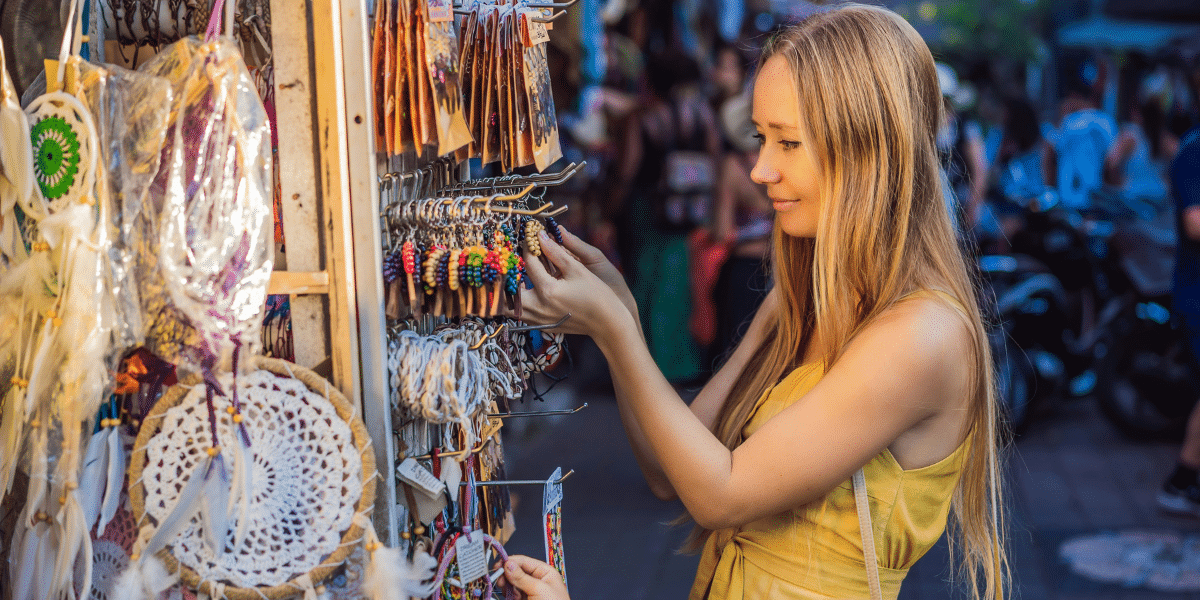Winter scenes in film have long held a special place in the hearts of audiences, captivating viewers with their beauty, atmosphere, and emotional resonance. From snowy landscapes to cozy fireside scenes, the magic of winter has been depicted in countless movies across various genres, leaving a lasting impression on audiences worldwide. In this article, we’ll explore the significance of winter scenes in film, examining how they contribute to storytelling, evoke emotion, and enhance the overall cinematic experience.
Setting the Scene
Winter serves as a powerful backdrop for storytelling in film, providing filmmakers with a visually stunning and atmospheric setting that can enhance the mood and tone of a story. Whether it’s the serene beauty of a snow-covered landscape or the harsh and unforgiving elements of a winter storm, the season offers filmmakers a wealth of opportunities to create visually striking and memorable scenes that transport audiences to another world.
Evoking Emotion
Winter scenes in film have the ability to evoke a wide range of emotions in audiences, from joy and wonder to sadness and longing. The sight of falling snow, the sound of crunching footsteps on icy ground, and the warmth of a crackling fire can all elicit powerful emotional responses, immersing viewers in the world of the film and connecting them to the characters and their journey.
Symbolism and Metaphor
In addition to their aesthetic and emotional impact, winter scenes in film often carry symbolic and metaphorical meaning, serving as a reflection of the characters’ internal struggles, transformations, and growth. The barrenness of winter landscapes can represent feelings of isolation and emptiness, while the arrival of snow can symbolize purity, renewal, and the promise of a fresh start. By incorporating these elements into their storytelling, filmmakers can add depth and complexity to their narratives, inviting audiences to explore themes of resilience, hope, and redemption.
Nostalgia and Sentimentality
For many viewers, winter scenes in film evoke feelings of nostalgia and sentimentality, reminding them of cherished memories and traditions associated with the season. Whether it’s the joy of building a snowman, the excitement of sledding down a hill, or the warmth of gathering with loved ones around a holiday table, winter scenes can transport audiences back to simpler times and evoke a sense of longing for the past. By tapping into these universal experiences, filmmakers can create emotional connections with viewers and elicit a strong emotional response.
Enhancing Cinematic Atmosphere
Winter scenes in film also play a crucial role in enhancing the overall cinematic atmosphere, adding texture, depth, and visual interest to the storytelling. The stark contrast between light and dark, the play of shadows on snow-covered landscapes, and the interplay of color and texture all contribute to the immersive quality of winter scenes, drawing viewers deeper into the world of the film and heightening their sense of engagement and immersion.
Winter Scenes Are Tools in Cinema
In conclusion, winter scenes in film hold a special significance for audiences, offering more than just aesthetic beauty—they serve as powerful tools for storytelling, evoke a wide range of emotions, and enhance the overall cinematic experience. Whether it’s through their symbolic and metaphorical meaning, their ability to evoke nostalgia and sentimentality, or their role in enhancing cinematic atmosphere, winter scenes play a vital role in shaping the narrative, mood, and tone of a film. So the next time you find yourself immersed in a snowy landscape on the big screen, take a moment to appreciate the magic of winter in film and the impact it has on the stories we love.














